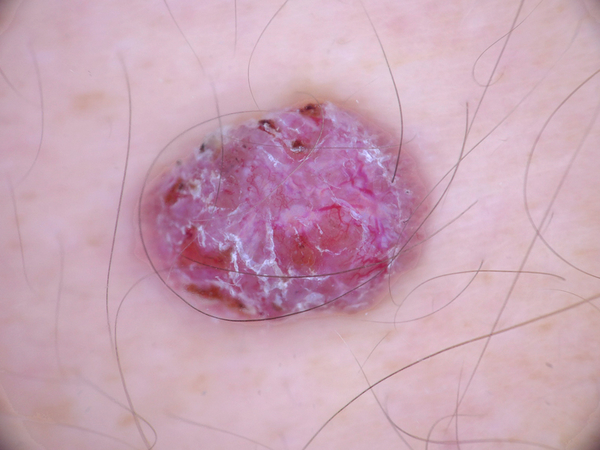Advancements in Melanoma Detection and Treatment
Melanoma is one of the most aggressive forms of skin cancer, but advancements in detection and treatment are giving patients more options and improving outcomes. Researchers and healthcare professionals are developing cutting-edge tools to identify melanoma earlier, improve accuracy in diagnoses, and offer promising new treatments. This article explores three areas of progress and why consulting a dermatologist is key to your skin health.
What Are Early Detection Tools For Melanoma?
Early detection is key in the fight against melanoma. Spotting it in its earliest stages significantly increases the chances of successful treatment. Recent developments in detection tools are making this process more effective than ever.
One notable advancement is the use of artificial intelligence (AI) in dermoscopy. AI-powered algorithms analyze high-resolution images of moles and lesions, helping dermatologists identify potential melanoma more quickly and with better accuracy. These tools can highlight suspicious features, such as irregular borders or unusual pigment patterns, even before they’re noticeable to the human eye.
Non-invasive imaging technologies like reflectance confocal microscopy (RCM) and electrical impedance spectroscopy have become more widely available. RCM provides detailed images of skin layers without the need for biopsies, allowing for painless and efficient evaluation of suspect lesions. Electrical impedance spectroscopy evaluates the electrical properties of skin cells, helping detect abnormalities indicative of melanoma.
Are Biopsies More Accurate Now?
For individuals with suspicious skin lesions, biopsies remain the standard diagnostic procedure. Advancements in biopsy techniques are improving their accuracy and making them more reliable than before. One significant innovation is the development of molecular diagnostic tools used alongside traditional biopsies. These tools analyze gene expressions, biomarkers, and other molecular data to provide a precise diagnosis. Comparative genomic hybridization (CGH) can identify genetic mutations associated with melanoma, offering deeper insights into the likelihood of malignancy.
Liquid biopsies, a more recent approach, are also gaining traction. This method involves analyzing blood samples for circulating tumor DNA (ctDNA) and other biomarkers instead of excising tissue. While currently used more frequently in metastatic melanoma cases, researchers are exploring its broader application in early detection and monitoring. These advancements reduce the risk of misdiagnosis and allow dermatologists to craft targeted treatment plans based on the molecular profile of a patient’s melanoma. This level of specificity and precision has significant implications for patient outcomes.
What New Treatments Show Promise?
Treatment options for melanoma are expanding rapidly, giving patients an improved chance at long-term survival, especially in advanced cases. Immunotherapy and targeted therapy are two areas showing incredible promise.
Immunotherapy
Immunotherapy boosts the body’s natural defense mechanisms to fight melanoma cells. Immune checkpoint inhibitors, such as anti-PD-1 and anti-CTLA-4 therapies, have transformed the treatment landscape. These therapies target specific proteins that prevent immune cells from attacking cancer cells effectively. By “removing the brakes” on the immune system, these treatments enhance the body’s ability to identify and destroy melanoma cells. Research into personalized immunotherapies, including cancer vaccines and adoptive T-cell therapies, continues to emerge. These treatments train the immune system to target melanoma cells based on a patient’s unique genetic profile.
Targeted Therapy
For melanomas with specific genetic mutations, such as BRAF or NRAS mutations, targeted therapies are another game-changer. BRAF inhibitors and MEK inhibitors disrupt the signaling pathways that allow melanoma cells to grow and thrive. These drugs are often used in combination for maximum effectiveness, and clinical studies continue to refine their application.
Advances in Radiation and Combination Therapies
New forms of radiation therapy, such as stereotactic body radiotherapy (SBRT), offer precise treatments with minimal damage to surrounding tissues. Combining therapies, such as immunotherapy with targeted therapy or radiation, has also yielded encouraging results. These combinations may overcome resistance mechanisms in melanoma cells, providing a more multifaceted approach to treatment.
Consult a Dermatologist
While these advancements in detection and treatment are promising, the best defense against melanoma remains proactive care. Regular skin self-exams can help you notice unusual spots early, but a professional evaluation is necessary for an accurate diagnosis and an appropriate treatment plan. Schedule a consultation with a dermatologist today.


